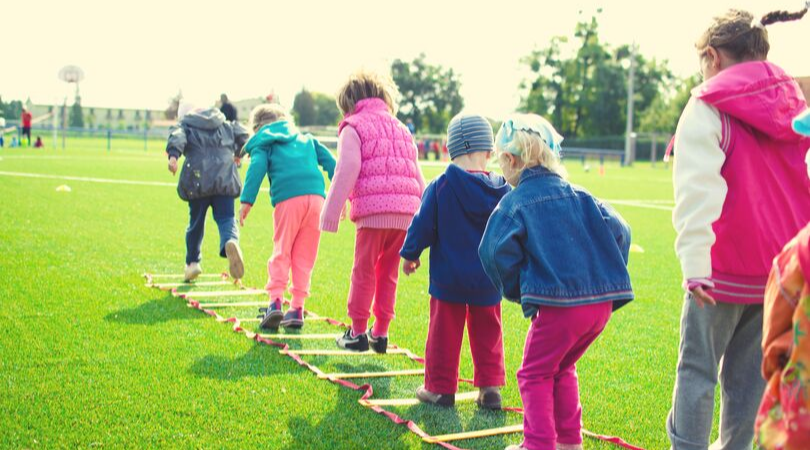
There are times when I’m on schedule, cranking out a blog post a week.
And there are other times when things get in the way – like a hurricane barreling towards South Florida.
When my husband and I heard the news and saw how close it could potentially get to us, we dropped everything and drove through the night with our girls to Virginia. The plan was for the girls and I to stay there until the storm passed, while my husband came back to Miami to work.
If you’ve been following my blog for a few years now, you know that two years ago (almost to the day) we did the exact same thing. Here’s how Julie Andrews helped during our evacuation.
Thankfully, we are safely back in Miami and there was minimal damage in our area.
I’m slowly connecting with my client families and the schools where I work to re-establish our session schedule.
That means I’m getting back into session planning mode and thinking about one of the most critical things I’ve learned since starting to work with children years ago. That is – the importance of smooth transitions.
Many times we place the majority of our focus on the session activities and musical experiences. But what happens between those activities is just as important.
I was going to barrel right into my ideas for incorporating transitions during sessions, but then I thought I should back pedal and explain WHY it’s so important to do these transitions in the first place.
So without further ago, here are three main reasons why transitions are important when working with children:
1.Transitions help children know an activity is ending. It sure is fun to pretend our scarves are rockets launching into the air, right? Or to play the tubano with a friend as loud as we can. When children are engrossed in an engaging activity, it can sometimes be difficult to end that activity. That’s why it’s important to let children know in advance that those activities are coming to a close and we’ll be preparing for something else.
2.Transitions help recap and review. Transitions are a great time to recap what just happened in the session (“We moved our arms, our legs, and our head!”) and review (“We learned that an octopus has eight legs!”) This recap helps ease out of one musical experience and into the next.
3.Transitions let children know that another activity will be starting. Once one activity has ended, it’s important to let children know that they’ll be starting another activity in the session, or that they’ll be moving on to their next subject or group in school.
4.Transitions help reduce challenging behaviors. Transitions that are quick, clear, and concise can help reduce the confusion and challenging behaviors that sometimes occur during downtime. Have you ever tried to collect instruments from a group of 20 children? It takes time and can get chaotic pretty quickly!
5.Transitions help children feel organized, secure, and safe. Don’t you feel better when you have an idea of what your day is going to look like? Or, when you have an idea of what to expect when you go somewhere? I sure do. The children we work with are the same way. If we can give them a clear picture of what they can expect during a session, this can help alleviate some anxiety.
Now that you know WHY transitions are important, next week I’ll share HOW to facilitate smooth transitions.
It’s something that took me a while to master. (Well, maybe master is too strong of a word – it’s something I’m continually working on!)
I believe the more we work on it, the better a clinician we’ll be.
Stay tuned next week when I share my specific tips and tricks for smooth transitions!



Leave A Comment